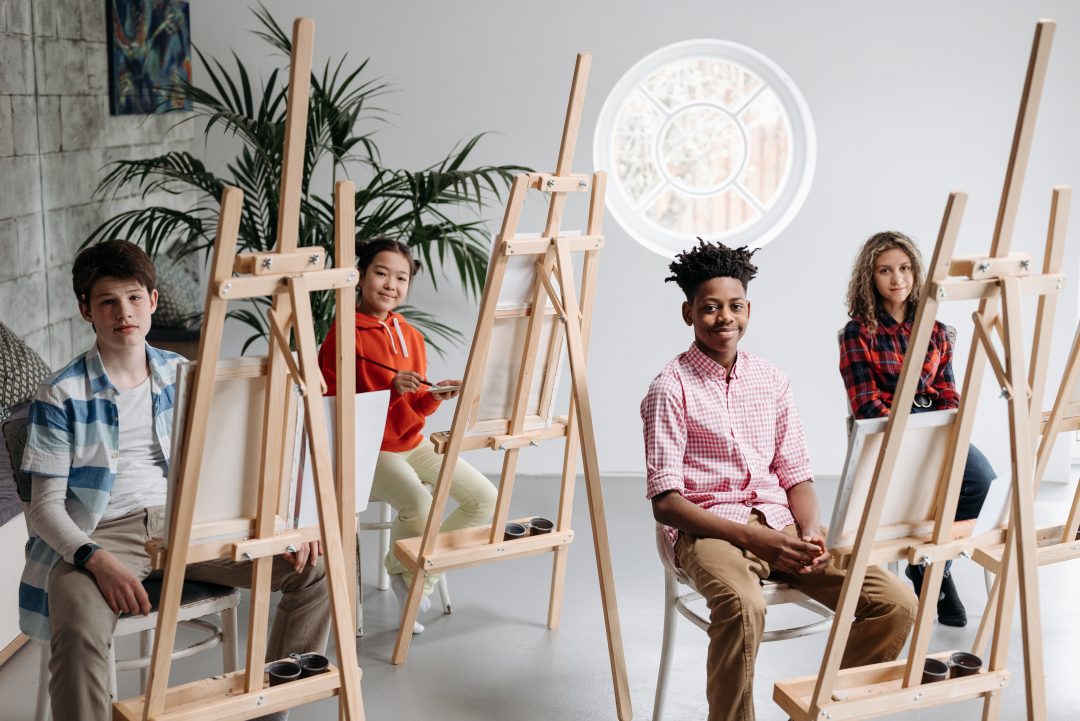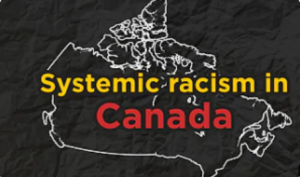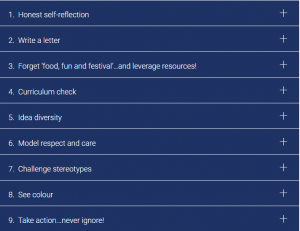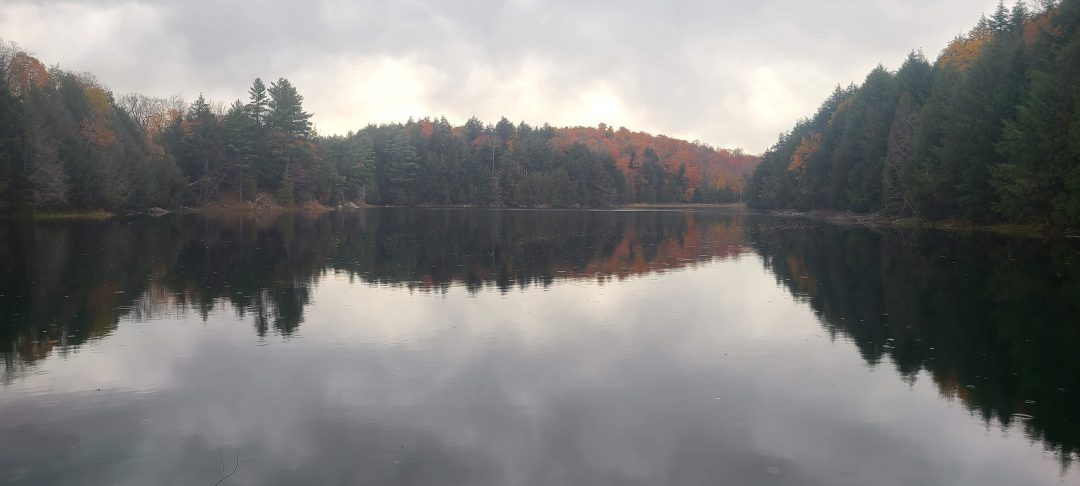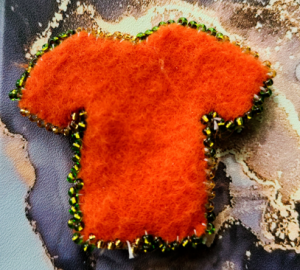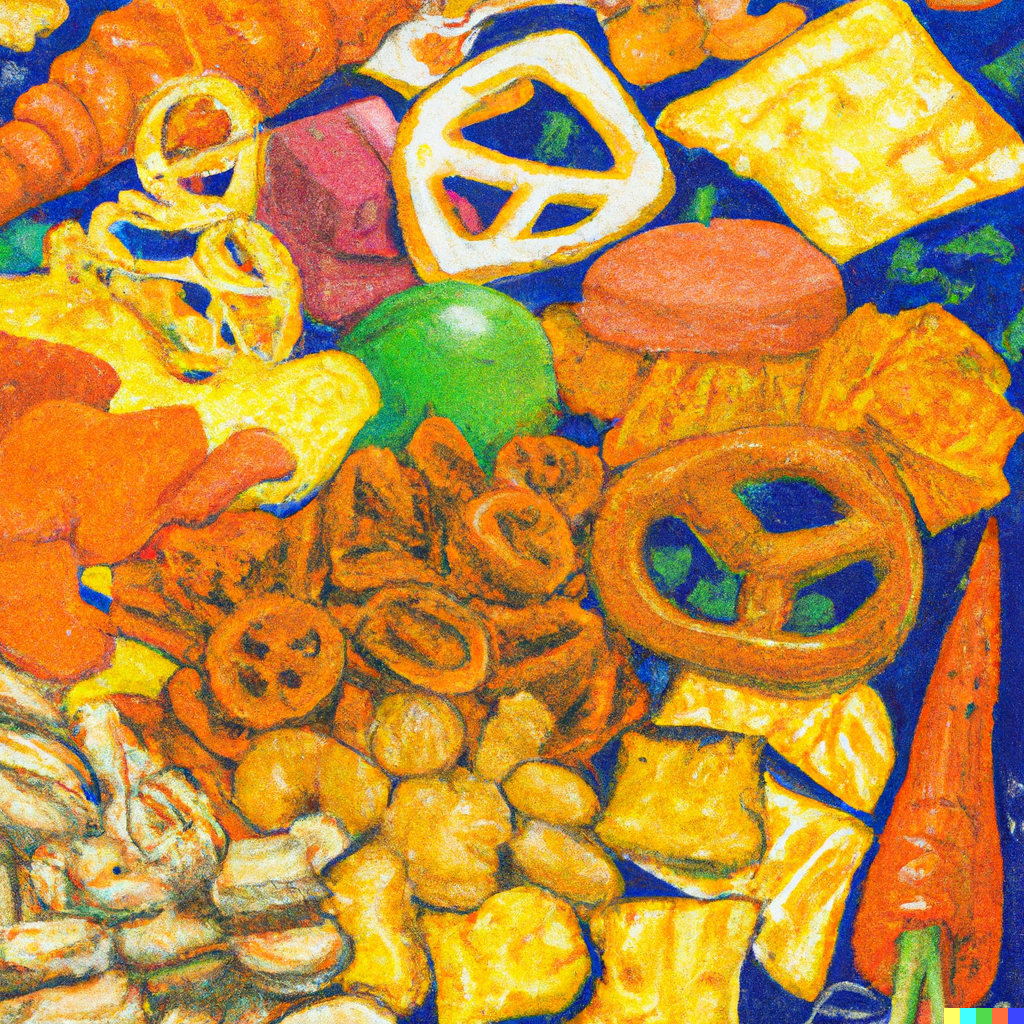
Crunchy food. I need crunchy food! Chips, goldfish crackers, veggie straws, or even, heaven forbid, real vegetables to stave off my brain triggered hunger now arriving via its ally my stomach.
Our stomachs tell us a lot of things, they are much like having a house weather forecaster by giving off warnings of inclement times ahead. Whether it’s stress, anxiety, nerves, or need for nourishment, stomachs are in the middle of a lot of action(s).
Mine is telling me that some crunchy snacks would be good right about now. So while I type and stare at my own options (granola bars, seaweed, crackers + hummus, pretzels, et al.), the idea to write about snacking and teaching comes to mind. Before I cave into my brain’s demands I thought it would be a good idea to consider why noisy food is a strange necessity during this and other similar moments of my day.
Furthermore, in the interest of transparency, I will neither be making excuses for my snacking habits nor endorsing them. However, I will mention that there are times during the day which correlate to my need for a snack when the emotional and cognitive demands are increased. I am sure that this is a common occurrence amidst our ranks.
Crunch crunch crunch when feeling the crunch
Why does eating crunchy food feel so satisfying? Is there a primordial connection to our primitive brains somehow? I can state without hesitation that there is something soothing in the noise. If not soothing then how about distracting? Sometimes our brains need a break from what they are processing. Eagelman repurposed the term “strategic surrender” in his book The Runaway Species.
I love how this phrase sounds, and share it often. Moreover, I share it in my classroom as a strategy for my students. Perhaps my breaks for crunchy foods are providing me with a diversionary pause that allows my brain to continue solving a problem while being distracted by the crunching going on just below it. All things considered, I had not thought about snacks as a restful respite from the compounding moments of the teaching day, but I know if they are good for me, then they are good for others. This includes students and teachers.
To that last point, I always have a box of granola bars (peanut free – Costco brand) to support the growing minds and bodies in the room. Whenever an OT joins our classroom for the day, I am sure to leave one for them too. I know that it cannot be easy to step into unknown spaces on a daily basis without the need for some strategic surrender from time to time. A snack and a note of gratitude may be a simple act, but can be very meaningful too.
Crunching gone wrong
I add this thought for consideration only because it is still important to make healthy choices when it comes to what we consume. There are only so many Cheetos binge windows left in my life and I want to savour them over the holidays. So that means carrots, radishes, and other less carby things that can still shake up my brain with some decibels with each bite. Another thing to consider might be how often I am eating my feelings and stress rather than identifying and addressing their root causes. If I am eating to cope with my stresses then I need to get some help. If I am eating to keep my brain and body fueled then I will continue to crunch on.
Thirst
There might be another factor at play here, and I have often turned to my coffee cup and water bottle to deal with it. Sometimes we forget to drink enough throughout the day. It’s kind of hard when our bladders need to be set to an entirely different schedule than our bodies deem naturally necessary. Unlike our students, we just can’t ask for permission to take the long way around the building to get some water and use the washroom. As a result, many teachers are under-hydrating. This can lead to decreased energy levels and can impair cognitive optimization and may also lead to long term health issues.
As we work to finish off our final month of the year in a good way, it is crucial to keep both body and mind in healthy states with a little crunch and a big sip.


